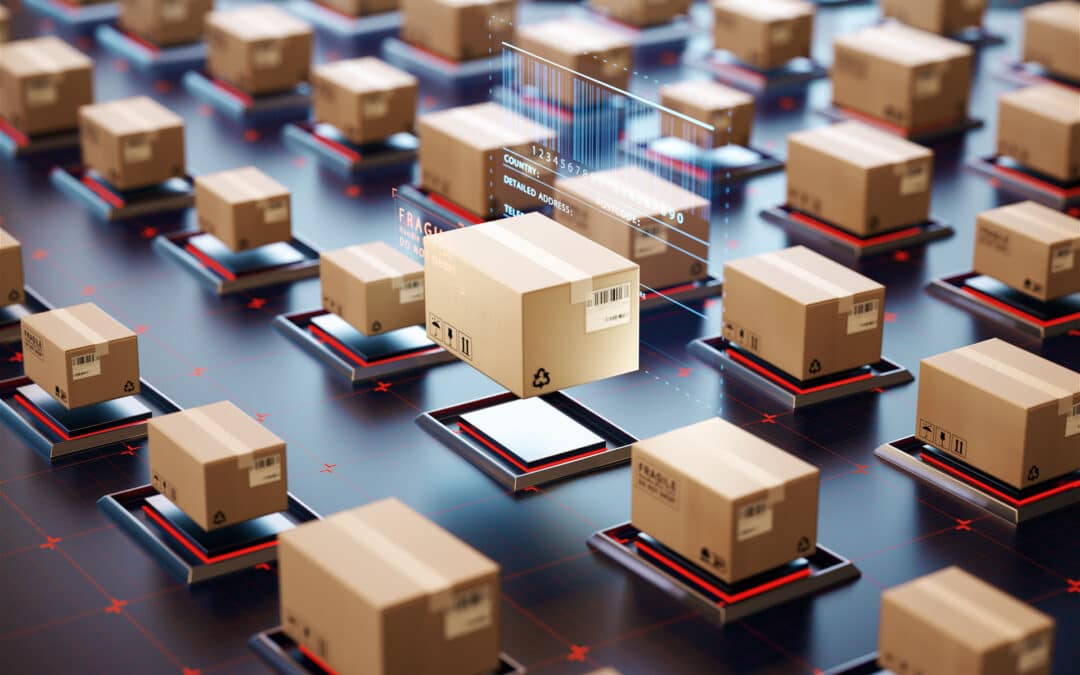Back in 1735 Benjamin Franklin provided one of the most important reminders to leaders across any industry or discipline when he wrote that “an ounce of prevention is worth a pound of cure.” Turn the clock forward to 2024 and this becomes a strong reminder of why understanding the actual health of a supply chain on a real-time basis can be the basis for amazing profits or a lack of understanding leading to dismal failures.
The Emergence of Supply Chain Health
Supply chain health is actually something measurable, but unfortunately, it seems as if the supply chain is constantly playing catch-up against unprecedented, unforeseen obstacles. With the average global supply chain disruption costing organizations $228 million and forty percent of C-suite executives reporting a marked tarnishing of their brand image due to disrupted supply chains, the state of individual supply chains may not be what shareholders desire. Sixty-one percent agree that achieving greater resiliency in their supply chains is more important than speed and efficiency. Fifty-four percent believe significant changes must happen to curtail disruption in the next five years.
The good news is that if you can measure something, then you can make better decisions to improve the outcome. Addressing supply chain health issues will succeed or fail based on the availability of data from withing the plant as well as across the supply chain and that means uncovering digital data blind spots to ensure the right data is presented to the right people at the right time in order to optimize decisions impacting supply chain health.
Data and the handling of it is critical to survival. It’s no longer enough to have sensor technology on select equipment. How do you create a critical mass of data and harness it to make better decisions on a macro level? How can you track raw materials and finished goods as they move throughout the supply chain? You can easily drown in too much data if you aren’t careful. A small team of people couldn’t possibly take in all data generated by the supply chain and make a rational decision that takes every factor into account.
This is where Industry 4.0 smart manufacturing comes into play. Industry 4.0 taps into the data generated by internet of things (IoT) sensors, cloud computing, and artificial intelligence (AI) and making autonomous decisions. Guided by smart data collection and analysis, some manufacturing equipment has become self-sensing, self-acting, and interconnected in real time. Instead of relying on machine operators, engineers, and those on the shop floor to meet and discuss solutions and reengineering designs, intelligent systems consume every bit of information and arrive at rapid, accurate decision-making, greater efficiency, and resiliency in the face of disruption. Unfortunately, the average manufacturer suffers from significant digital data blind spots which greatly affects the outcomes and directly impacts their supply chain health scores.
Achieving Industry 4.0 Requires Filling Data Blind Spots
Prior to the pandemic, 75 percent of large manufacturers were looking to update supply chain operations using IIoT and analytics-based situational awareness, but now 90 percent of all manufacturing supply chains will have invested in the technology and business processes necessary for true resiliency.
A key breakthrough in Industry 4.0 smart manufacturing is the digital transformation of manufacturing data. Filling digital data blind spots with a fact-based granular, data-centric contextualized view of asset movement as well as digital twin of legacy equipment and manual processes provide the related providence attribute data has become the foundation for supply chain health improvements. Companies can gain access to unprecedented asset traceability and insight into both process health as well as machine health to improve yield, quality, safety, compliance, and brand confidence while reducing waste and environmental impact. And it’s all made possible by collecting data across the value chain from existing IoT sensors and business systems.
IIoT Asset Tracking and Digital Twins For Supply Chain Health
Organizations like Thinaer bring a comprehensive approach to filling these digital blind spots with IIoT asset tracking and digital twin solutions across both commercial as well as the unique security and privacy requirements of classified area manufacturing. The more comprehensive your data set, the better your AI initiatives will deliver on their promise as well as allowing operations executives to spot prevention opportunities before they become problematic.
Let’s discuss your data issues and understand where your manufacturing blind spots put your supply chain health at most risk. Our experts are ready to answer all of your questions and help you get a handle on your digital transformation processes and AI initiatives. If you prefer to research more on this topic then download our latest eBook titled “Track The Untrackable: How to fill manufacturing blind spots for better production decisions and the most complete data set for AI initiatives.”

